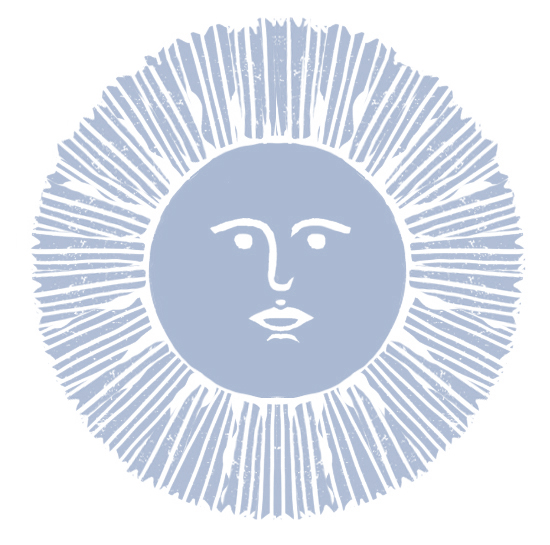1.1 Knitwear – Made in Italy
Our knitwear is produced just outside the historic centre of Firenze and is distinguished by its exceptional softness and durability. The region of Tuscany has a rich history and tradition in the manufacturing of luxury garments. The highest quality is obtained through innovative machinery, technical knowledge and a commitment to handcraft.
1.2 The Yarn
Through a studied interest in premium materials and processes, we work with some of Italy’s oldest mills and suppliers of high quality natural yarns. These yarns come from the passion for craftsmanship and research of uncompromising exclusivity combined with a deep knowledge of raw materials and spinning techniques.
The vast experience in all stages of processing has been handed down from generation to generation. The most luxurious fibres such as cashmere, silk, angora, linen, alpaca and merino are skilfully worked into very light and fine yarn.
Advanced machinery guarantees the highest levels of purity, mixing and fibre control. The technique of ‘slow dyeing’ has been revived through new technology, offering unlimited colour opportunities with much lower environmental impact.
1.3 Extra-Fine Merino
Our extra-fine merino comes all the way from New Zealand, before it is processed in Italy. The merino wool produced in New Zealand is extremely fine and with an amazing elongation. The purest water, unspoilt pastures and unpolluted air ensure that the sheep produce a fibre with special characteristics that is particularly white. The fibres are long, strong and extraordinarily elastic, thanks to having a high fibre crimp, making it suitable to produce the finest yarns.
Production processes adhere to strict environmental standards in all phases, also in policies to develop the local area and its careful selection of raw materials that must meet strict quality and ethical criteria. All of our merino comes from non-mulesed sheep.
1.4 100% Pure Cashmere
Cashmere is one of the finest natural fibres and comes from the under-fleece of the Hircus goat. Once a year, the goat herders across the plains of Mongolia harvest the under-fleece by means of a delicate combing procedure. Only about 250 grams is obtained from each animal. The difficulties in obtaining and controlling the fibre make it even more precious.
The large bales are transported to Ulan Baatar, where they undergo the first phases of the processing – dehiring and washing. It is at a mill in Biella, in the northern Italian region of Piedmont, that the intrinsic qualities of these precious fibres are emphasised to the full by the most skilled spinners.

